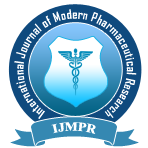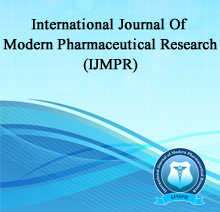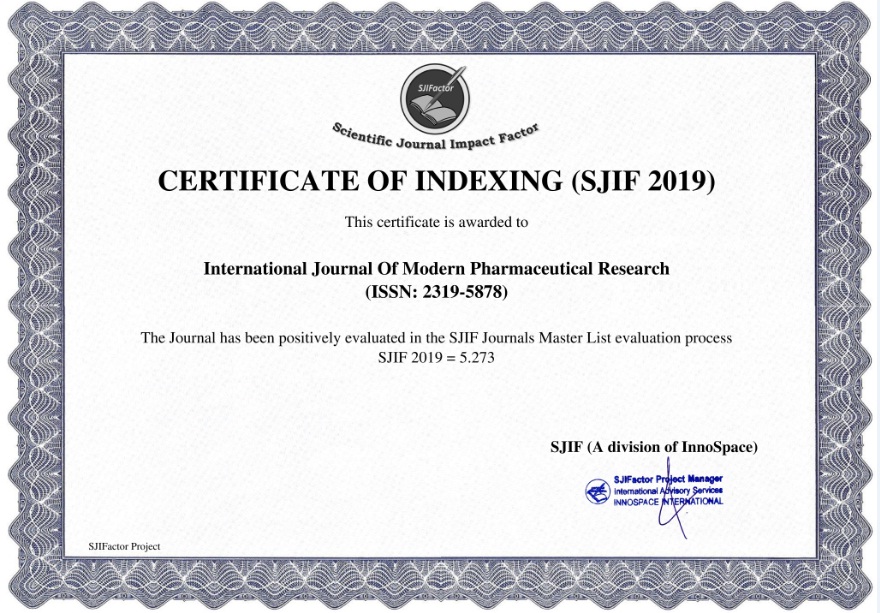A COMPARATIVE ANALYSIS OF CURCUMIN CONTENT IN VARIOUS AYUSH PRODUCTS BY UV-VISIBLE SPECTROPHOTOMETRIC METHOD
Shyni Bernard*, Anjitha T. A., Athulya K. S., Thasni Majeed, V. Shankar Ram and Bindhu R.
ABSTRACT
Background: Curcumin, a pigment from turmeric, is a promising natural products that has been extensively investigated by researchers from both the biological and chemical point of view. Curcumin is freely soluble in methanol, chloroform, ethanol and acetone but practically insoluble in water. To meet the demand for analytical methods of curcumin, several methods such as spectrophotometric, chromatographic, capillary electrophoresis and biosensor techniques have been developed for the quantification. The volatility and reproducibility errors are the disadvantages of spectrophotometric methods using organic solvents. Mobile phase optimization, the broadness of spots, plate-to-plate variations are significant limitations for TLC and HPTLC methods. Method: A rapid, simple, selective and precise visible spectrophotometric method has been developed for the determination of curcumin in bulk forms and in tincture formulations. The detection was carried out at an absorption maximum of 487 nm using boric acid and hydrochloric acid reagents and the method was validated for specificity, linearity, accuracy and precision. The detector response for curcumin was linear over the selected concentration range of 10 to 40 μg/ml with a correlation coefficient of 0.9995. The accuracy was between 98.99-100.02%.The precision among six sample preparations was 0.49%. The limit of detection and limit of quantitation are 0.0569 μg/ml and 10 μg/ml, respectively. The recovery of curcumin was about 100.4 %. The results demonstrated that the method is simple and can be conveniently employed for routine quality control analysis of curcumin in bulk drug and Ayush formulations.
[Full Text Article] [Certificate Download]


